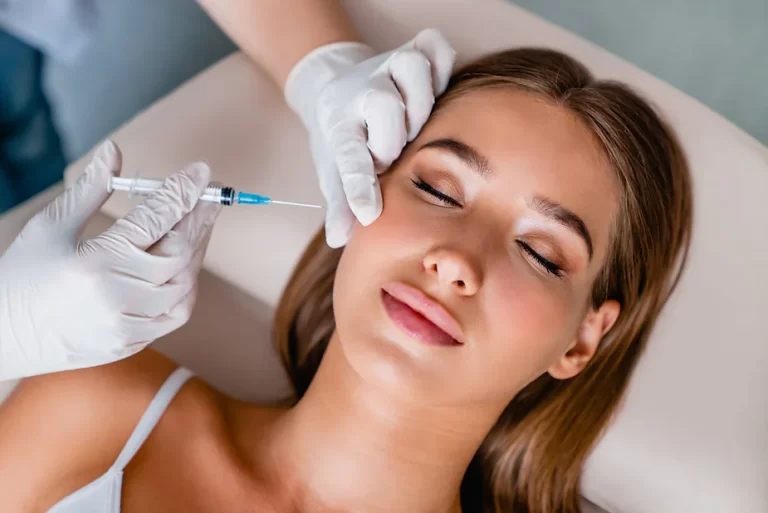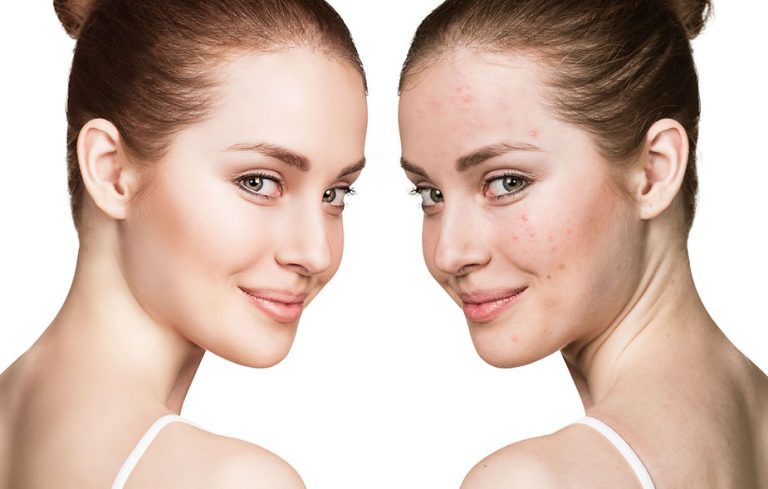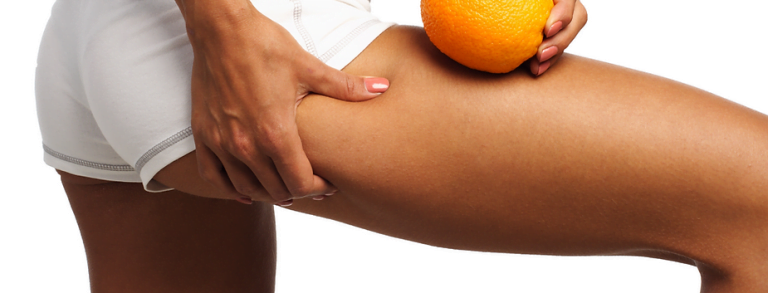Localized fat, stretch marks, cellulite: here are some indications for cavitation.
Cavitation is an Aesthetic Medicine treatment, with different indications: it is in fact able to decrease the thickness of the areas with localized fat normally present in different parts of the body.
It is a non-surgical and non-invasive treatment that uses low-frequency ultrasound to “implode” and therefore gradually and painlessly break down the fat cells. It is a painless technique that leaves no scars and does not require the use of anesthesia.
Side effects
In some cases, a feeling of numbness is reported, along with heat, in the affected areas or mild edema. However, these side effects are minor and disappear in a short time.
For whom it is not recommended
- It is in fact not recommended for those suffering from liver disease or dyslipidemia
- pregnant or breastfeeding women
- women using the uterine spiral
- patients with heart or vascular diseases
- diabetic patients
- patients with coagulation disorders
- with injuries to the eardrum or vestibular
- people with pacemakers or metal prostheses
The treatment
The Doctor expert in the use of the Medical Cavitation machine passes the transducer (which converts electrical energy into ultrasounds) in contact with the skin on the affected area, several times based on clinical evaluations. These are usually: buttocks, abdomen, hips and thighs.
How is it different from Aesthetic Cavitation
Medical Cavitation is precisely an Aesthetic Medicine treatment that must be performed by an Expert Doctor. The machine used is obviously different and calibrated for medical procedures for the degree of intensity and depth to be reached.
The Doctor, through the visit, will also check or exclude the presence of characteristics that can worsen the effectiveness of the treatment, or even more, make the treatment dangerous.
Although it does not provide anesthesia, this must be able to be done based on clinical evaluations. It is also useful for medical cavitation purposes to drink a lot in the days before and after the treatment so that the subcutaneous tissue is suitable for treatment: the doctor will also evaluate if cavitation requires additional liquid and then inject physiological solution into the affected area.
The doctor will also be able to advise you if this is the most useful type of treatment in your case.



